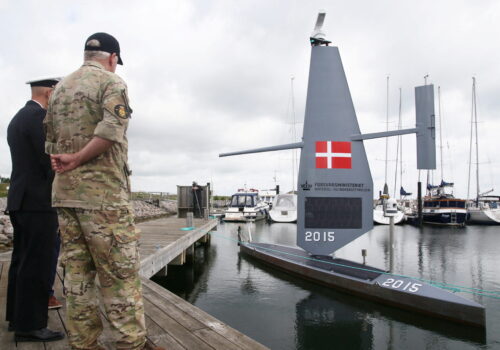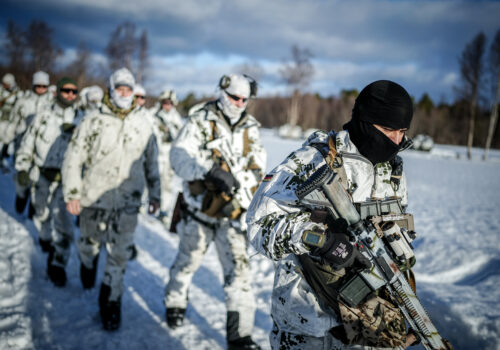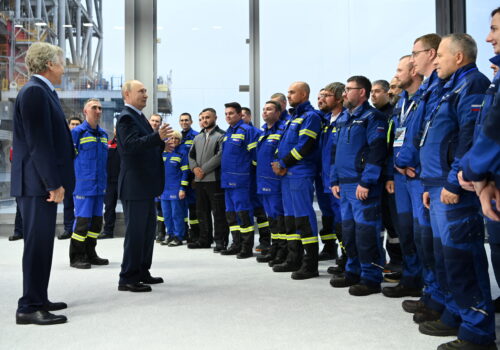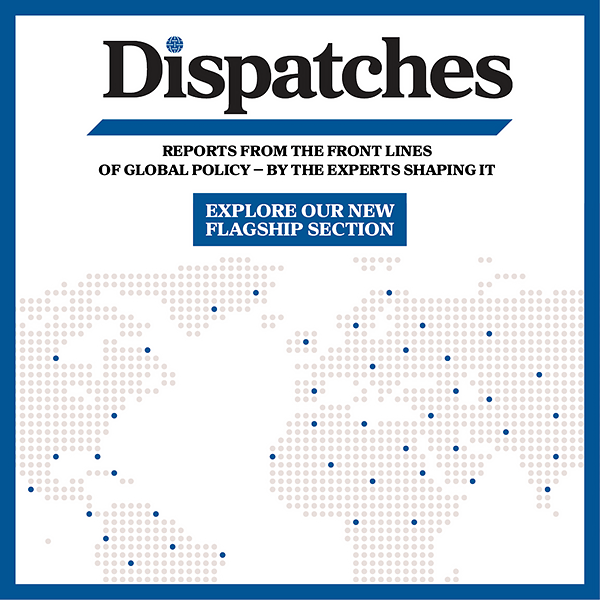Three ways the US can build a more lethal fighting force in the Arctic
As the Pentagon reportedly plans to focus on the Western Hemisphere and homeland security in its upcoming National Defense Strategy, it must not neglect the United States’ northernmost border: the Arctic.
In recent years, Russia and China have expanded their commercial, research, and military footprints in this region, directly threatening US territory and economic interests. But too often in the United States, Arctic security debates have centered on shipbuilding delays, procurement gaps, and the dual-use risks of adversary research facilities, while overlooking the imperative of building a lethal cold-weather force. Conversely, discussions on US homeland defense seem narrowly centered on the southern border and shoreline.
To secure all US borders and deter adversary bellicosity in a critical frontier, the Pentagon should take three steps: harmonize command structures through liaison officers and exercise synchronization, expand the Army’s Joint Pacific Multinational Readiness Center in Alaska, and deepen NATO non-Arctic member participation in polar training.
Harmonize
The US military divides the world into different geographic sections, each governed by a combatant command. Given its position at the planet’s northern pole, the Arctic spans three US geographic combatant commands—Northern Command (NORTHCOM), which oversees North America; Indo-Pacific Command (INDOPACOM), covering the Indo-Pacific; and European Command (EUCOM), responsible for Europe. These commands must work diligently to build cohesion through liaison exchanges and coordinated exercises. Although some argue for consolidating the Arctic under a single command, entrenched bureaucratic dynamics within the Pentagon make any redefinition of responsibilities unfeasible—no one wants to relinquish control. Indeed, there is pressure to reduce, not increase, command footprints. The Arctic thus presents a jurisdictional challenge for the US military, making it more difficult for the United States to form a strong, coherent Arctic strategy and presenting a gap adversaries can exploit.
To enable a unified Arctic strategy, EUCOM, INDOPACOM, and NORTHCOM should exchange liaison officers at both senior and mid-levels. Senior officers, O-6 and above, should align strategy, plans, and policy, while mid-level officers, such as O-4s, should integrate daily work in intelligence, logistics, and exercises to foster cohesion.
Another area for linkage between EUCOM, INDOPACOM, and NORTHCOM lies in the training exercises that each command orchestrates. In the Arctic, NORTHCOM operates exercise Arctic Edge annually, and INDOPACOM holds exercise Northern Edge once every two years. This year, the exercises occurred concurrently in Alaska for the first time, which officials said enabled NORTHCOM and INDOPACOM “to enhance cross-combatant command coordination, integrate missions and demonstrate the ability to position and sustain operations around the theater.”
Consequently, at minimum, NORTHCOM and INDOPACOM should align their training calendars to institutionalize Arctic Edge and Northern Edge concurrence going forward. More ambitiously, they should consider establishing a combined exercise. Full EUCOM participation in Alaskan exercises may be unfeasible given its leadership in NATO-run Arctic exercises, but embedding EUCOM liaison officers from planning to execution would still strengthen coordination across Arctic geographic commands.
By emphasizing seamlessness across bureaucratic divides, the United States would help close a gap adversaries could exploit and would signal its resolve to deter aggression at the United States’ Arctic border.
Expand
A more service-specific approach to bolstered Arctic lethality lies in expanding the Army’s freshly inaugurated Joint Pacific Multinational Readiness Center in Alaska (JPMRC-AK).
In the Army, units cycle through training rotations at different centers throughout the nation. Currently, the 2nd Infantry Brigade Combat Team (Airborne), 11th Airborne Division is the only Army unit to have cycled through Alaska. The Army should expand Alaskan training beyond the 11th Airborne Division and make JPMRC-AK a mandatory training cycle for more units across the force. While this undoubtedly poses logistical hurdles, the status quo risks siloing cold-weather training into a niche reserved for a limited number of soldiers instead of a force-wide requirement.
In building a capable cold-weather fighting force, the United States will also show adversaries that the strongest military in the world has a ferocious might that extends to its Arctic theater. The presence of US troops and their ability to perform in all border-region terrains, from the sandy deserts of the Sonora to Alaska’s polar tundra, is essential for protecting the homeland.
Deepen
In addition, the United States should leverage its leadership in NATO to advocate the inclusion of non-Arctic NATO countries in cold-weather-specific training.
Historically, NATO Arctic training exercises, run on the United States’ end by EUCOM, have featured NATO members with Arctic borders. The US Navy, for example, has participated in Arctic Specialist, an explosive ordnance disposal and expeditionary mine countermeasures exercise, alongside Denmark, Sweden, and Norway. The United States could propose rotating participation by non-Arctic NATO allies to strengthen their specialized cold-weather military capabilities and enhance multinational military coordination. While this risks slowing an exercise’s rhythm, rotating NATO militaries could arrive earlier for introductory training or complete pre-assigned modules to hit the ground running. The higher the number of Arctic-trained NATO member forces, the better positioned the Alliance will be to credibly deny adversary objectives in the region.
The administration’s anticipated new emphasis on the Western Hemisphere presents a unique opportunity to forge a more streamlined and lethal Arctic fighting force to secure the United States’ northernmost border.
Charlotte Bertrand is a young global professional at the Atlantic Council’s Forward Defense Initiative and is currently pursuing her master’s degree in security studies at Georgetown University. She has previously interned in Congress, in the executive branch, and at US Central Command.
Further reading
Thu, Sep 4, 2025
Maritime autonomous vehicles are threatening Arctic security. Here’s what to do about it.
New Atlanticist By
International norms governing the Arctic have been unable to match the pace of technological innovation taking place with autonomous vehicles.
Wed, Aug 21, 2024
How a ‘Free North’ strategy can ensure Arctic and Baltic security
New Atlanticist By
The United States and its allies must work together to counter Russian and Chinese malign activity in the Arctic and Baltic regions.
Tue, Jul 9, 2024
NATO needs a strategy to address Russia’s Arctic expansion
New Atlanticist By
The Washington summit this week provides the perfect moment for the Alliance to forge an even more unified approach to the future of security in the High North.
Image: Soldiers of the 1st Battalion, 24th Infantry Regiment, 1st Infantry Brigade Combat Team, 11th Airborne Division conduct Air Assault training at Yukon Training Area, Alaska, April 23, 2025. (U.S. Army photo by Sgt. 1st Class Nicole Mejia)



